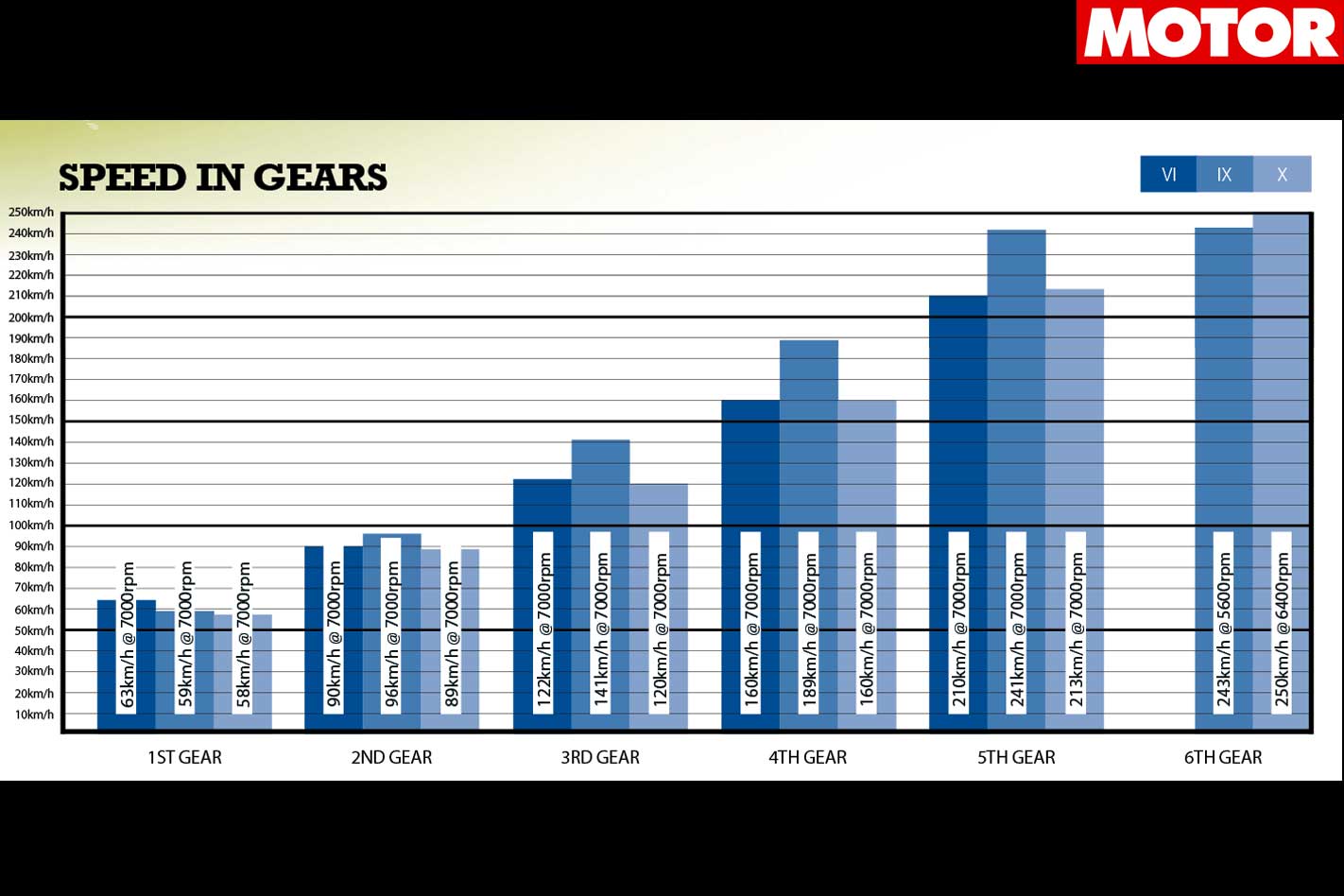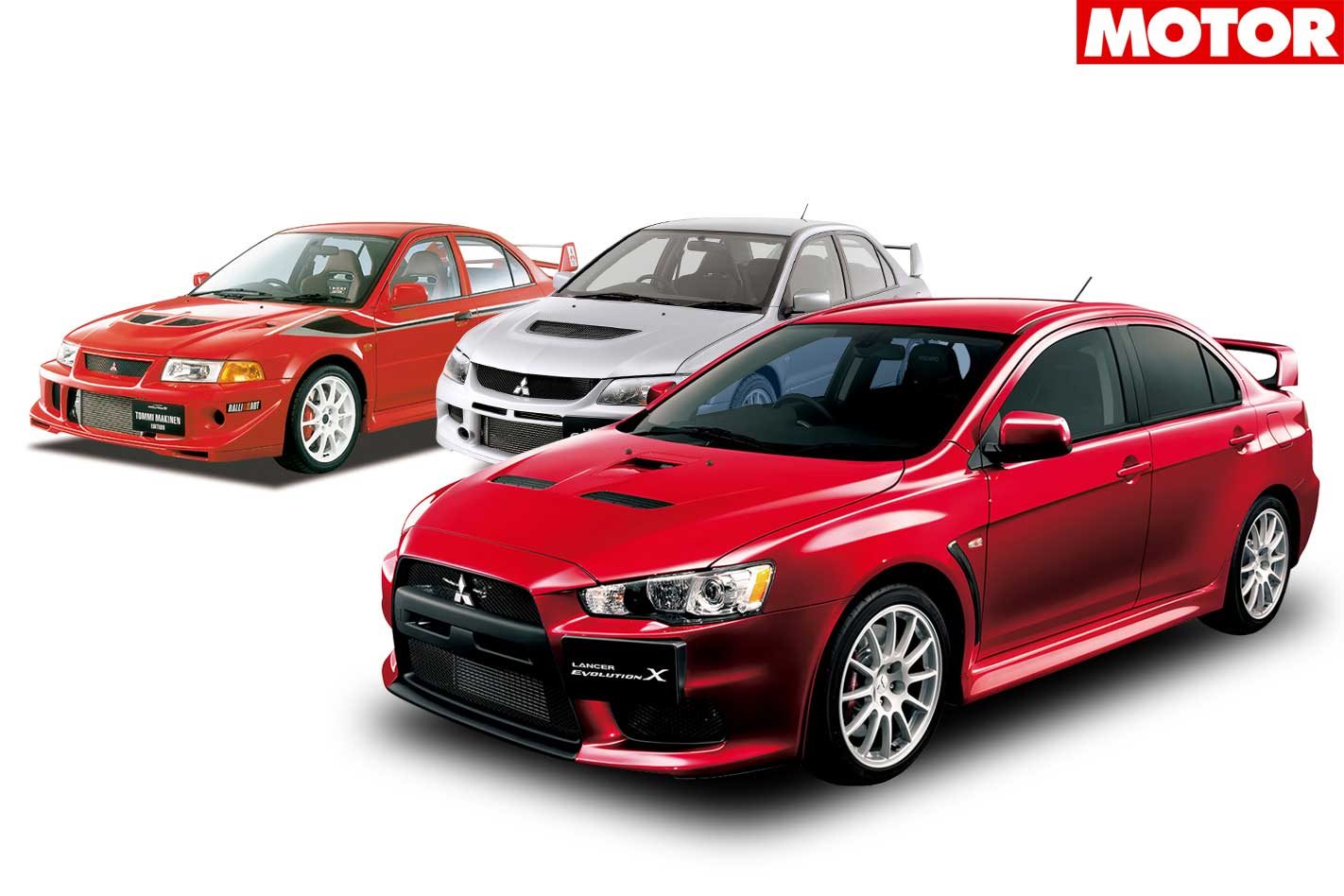With such an illustrious lineage stretching back by more than a decade and a half, the 2008 Mitsubishi Lancer Evolution X very nearly stands in a league of its own. So what better yardsticks for the new boy than pitching it up against its own kind, more specifically, its impressive predecessor, the Evo IX, and what arguably is the benchmark of its lineage, the Evo VI TME.
This comparison review was first published in MOTOR Magazine’s August 2008 issue and the second part of our Evo X first drive review.
1999 Mitsubishi Evolution VI TME The Hardcore Tommi Mäkinen Edition kick-started the Evo legend in Oz
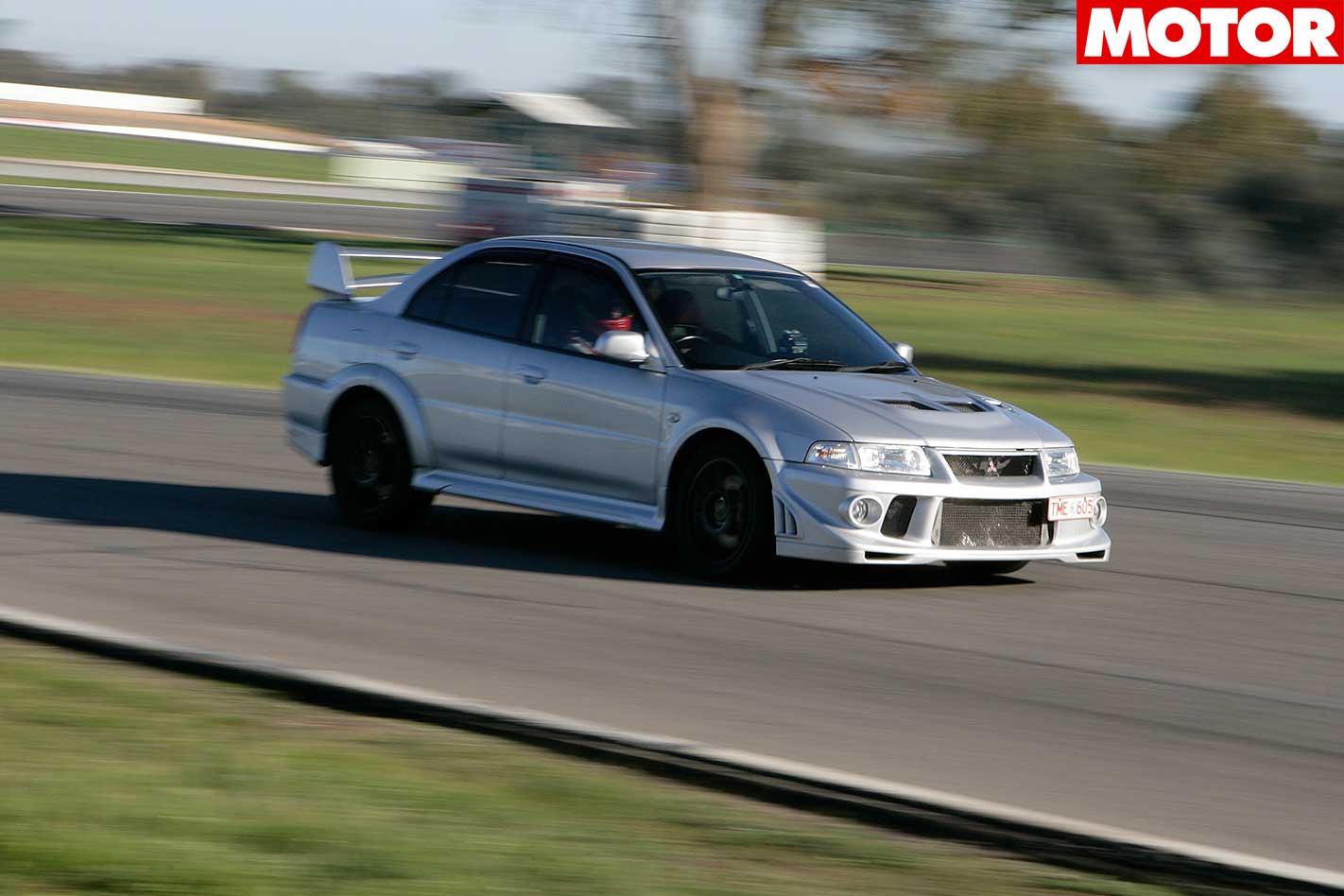
If there’s one benchmark model in the Lancer Evolution’s history the others inevitably get compared with for performance ability, it’s the late-90s Evo VI Tommi Mäkinen Edition (TME), which the trainspotters dub the ‘6.5’.
Not just for the fact it was the first Evo model officially sold in Australia, but because the entire second generation Evo range (IV thru VI) took the original’s (I thru III) rally homologation concept and pushed the limits of handling, acceleration and braking. The final iteration, the TME, was the most ferocious of them all.
Its active yaw control and electro-mechanical centre diff were pure rocket science. Its 4G63 turbo four mocked Japan’s 206kW power limit – it was 220kW or more – and it has 373Nm at just 3000rpm. Focused more on tarmac ability, the TME has long been considered the monster, on road or circuit.
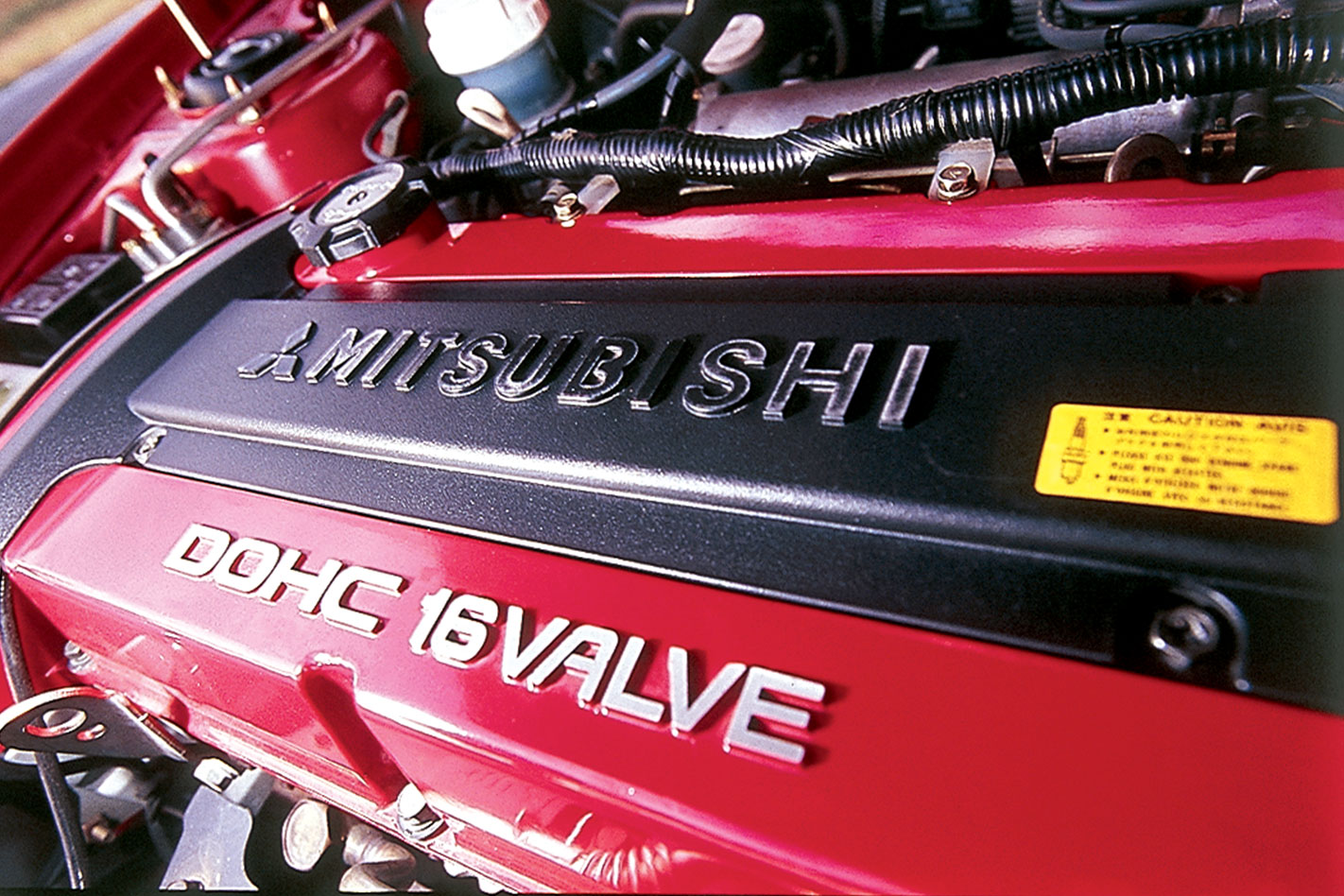
Vicky’s Japanese-spec MY99 example is nicely ‘pre-loved’ yet about as stock as you’d expect to find these days: standard boost control/turbocharger and a factory Aussie-spec ECU. And any of the gains netted through some minor aftermarket tweaks – an HKS intercooler and turbo-back larger exhaust – is offset by it riding on some pretty average 225/45 Federal rubber. And, lord, it wasn’t hanging about on a dry, crispy morning at Winton.
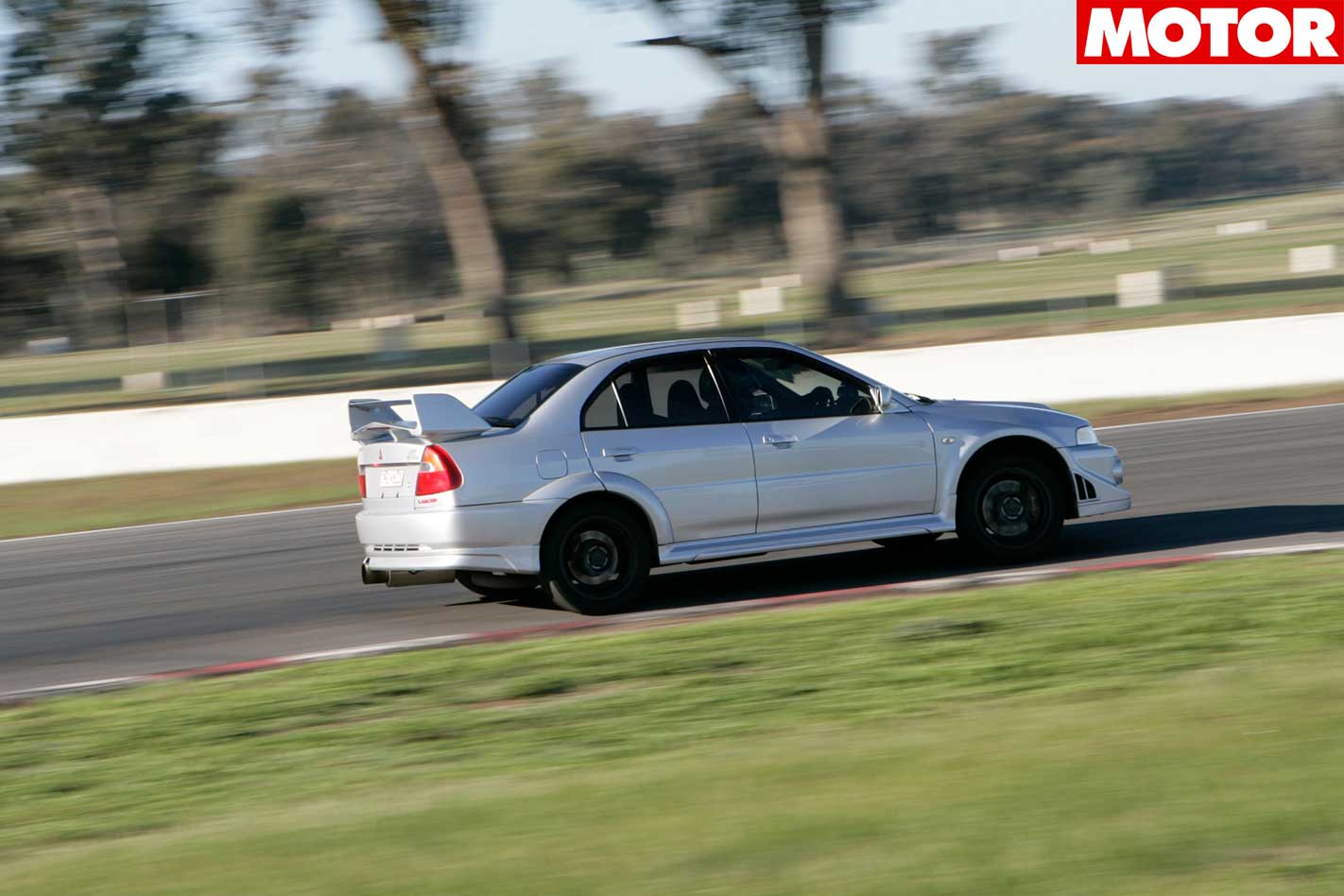
Noticeably louder than the newer pair (no doubt due to the aftermarket exhaust), the TME both looked and sounded quick, its big lungs and low mass no doubt aiding the highest v-max of the three; a cracking 177.9km/h. But its lap time was ultimately the slowest. Half a second is hardly a punishing defeat, but a loss is a loss. Not to mention a surprise.
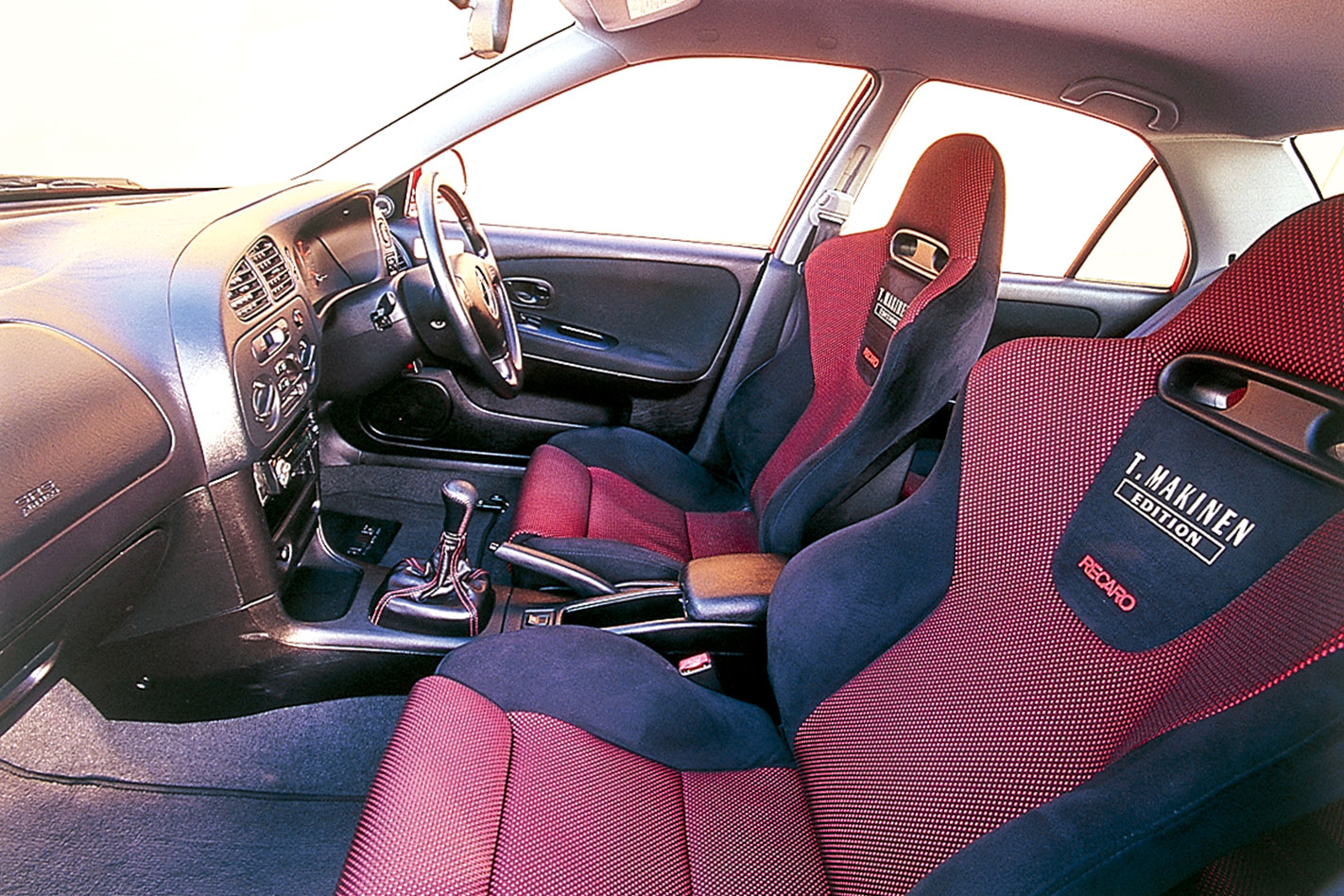
Ultimately the VI’s brutality – its biggest drawcard – is also its undoing against the IX and X.
In developing the car, it seems the engineers focused mainly on the hardware’s ability generating – for its time, at least – mind-bending physics, and how it felt to drive was way down on the priority list.
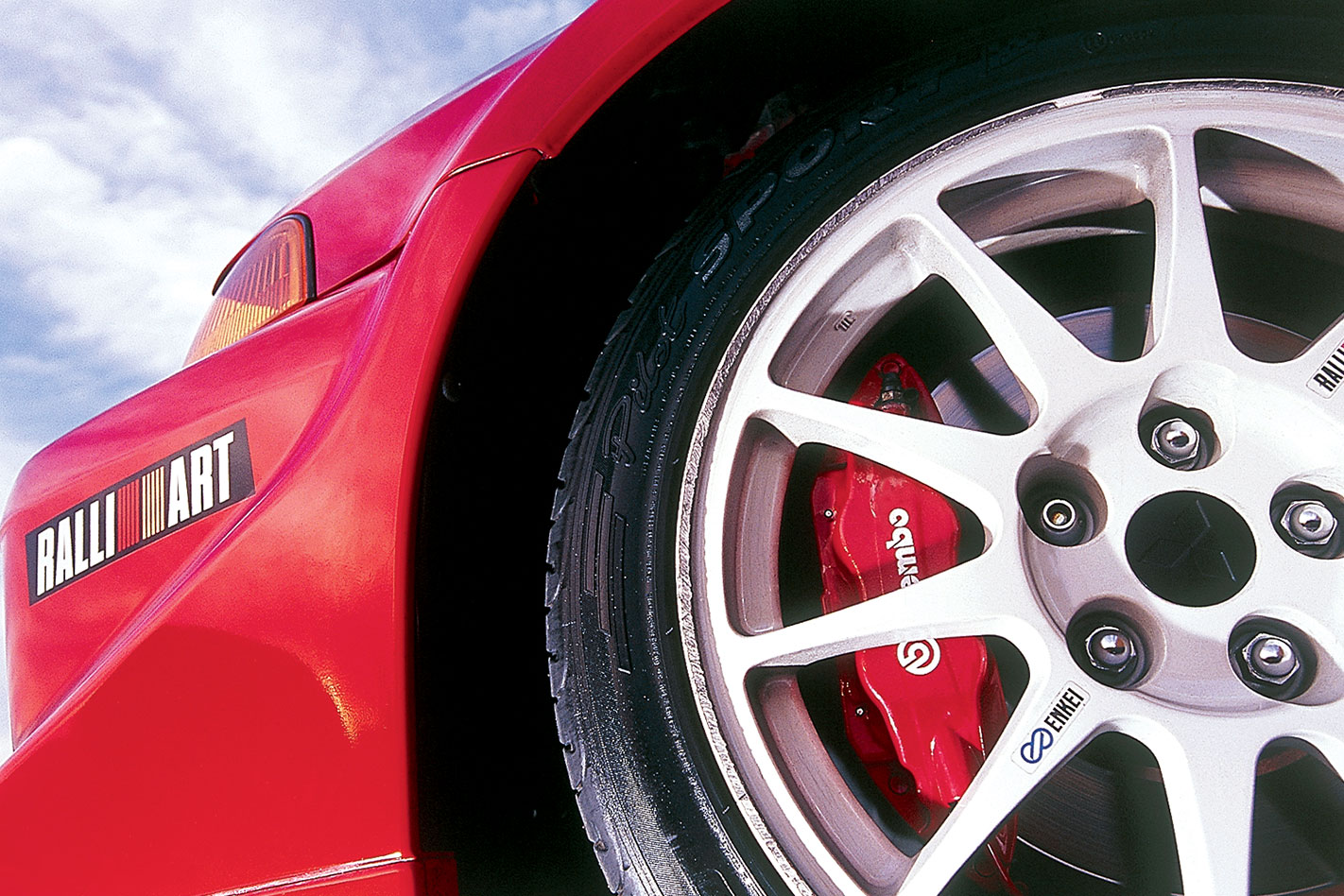
Despite the average rubber, roadholding was good, yet its limits arrived sooner than expected. It wasn’t particularly well-balanced in the turns, and nowhere near as responsive as the IX.
Of the three, it tended to body roll onto its nose the most. The steering, gear shift and brakes all worked well, but lacked tactility.
Fast Facts – 1999 Mitsubishi Evolution VI Tommi Mäkinen Edition
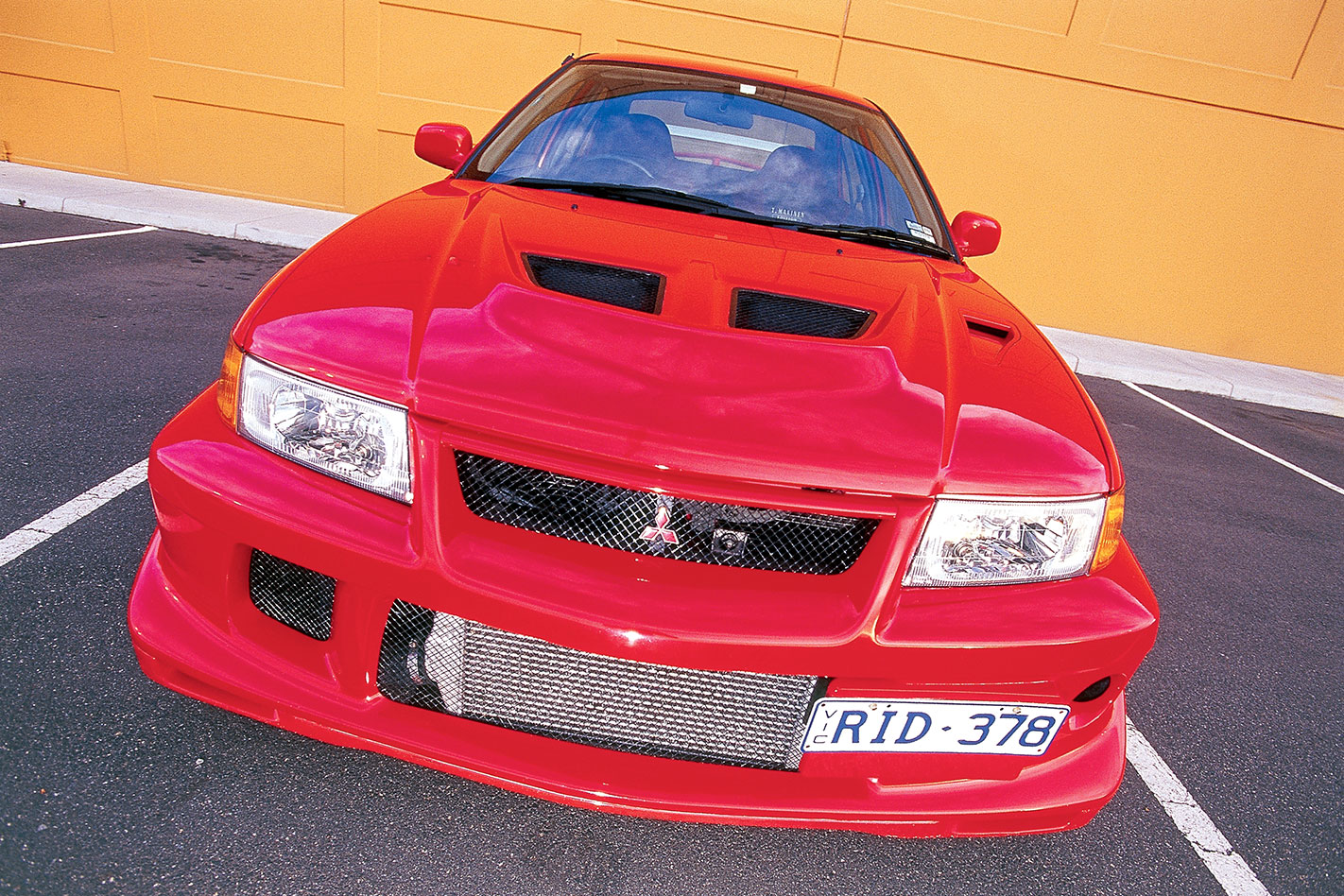
Like: Animalistic character, brutal punch, explosive power Dislike: Cost $80K new, vulnerable clutch, agricultural interior
2007 Mitsubishi Evolution IX Critics labelled it soft, but the Evo IX might just be greatest of all time
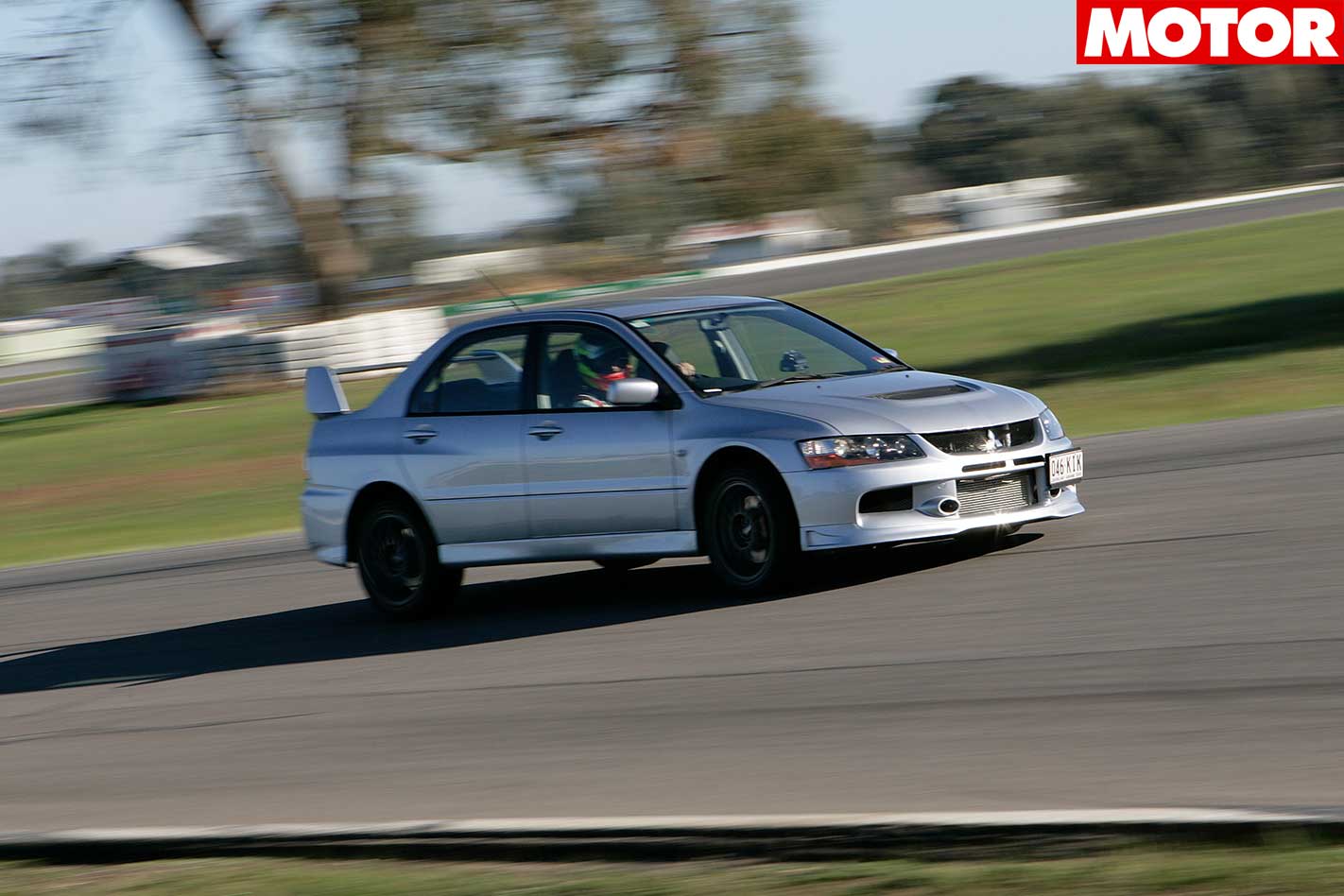
Shortly after Ralliart started shifting Evo’s increasingly techy hardware from generation two’s CP9A Lancer into the bigger and heavier third-gen CT9A jigger (in 2001), it was clear that the focus had shifted and the Evo was heading in a more refined and useable direction.
Of course, after the shock treatment that was the Evo VI, many purists accused the Evo VII of being soft. (Ever driven one? It’s not soft, and not by a long mark.) And the more refined and useable the VIII and IX became, the more the accusations flew. And this was despite constant criticism from elsewhere that Evos, as a breed, were still too low-rent and harsh by normal automotive standards. They just couldn’t win!
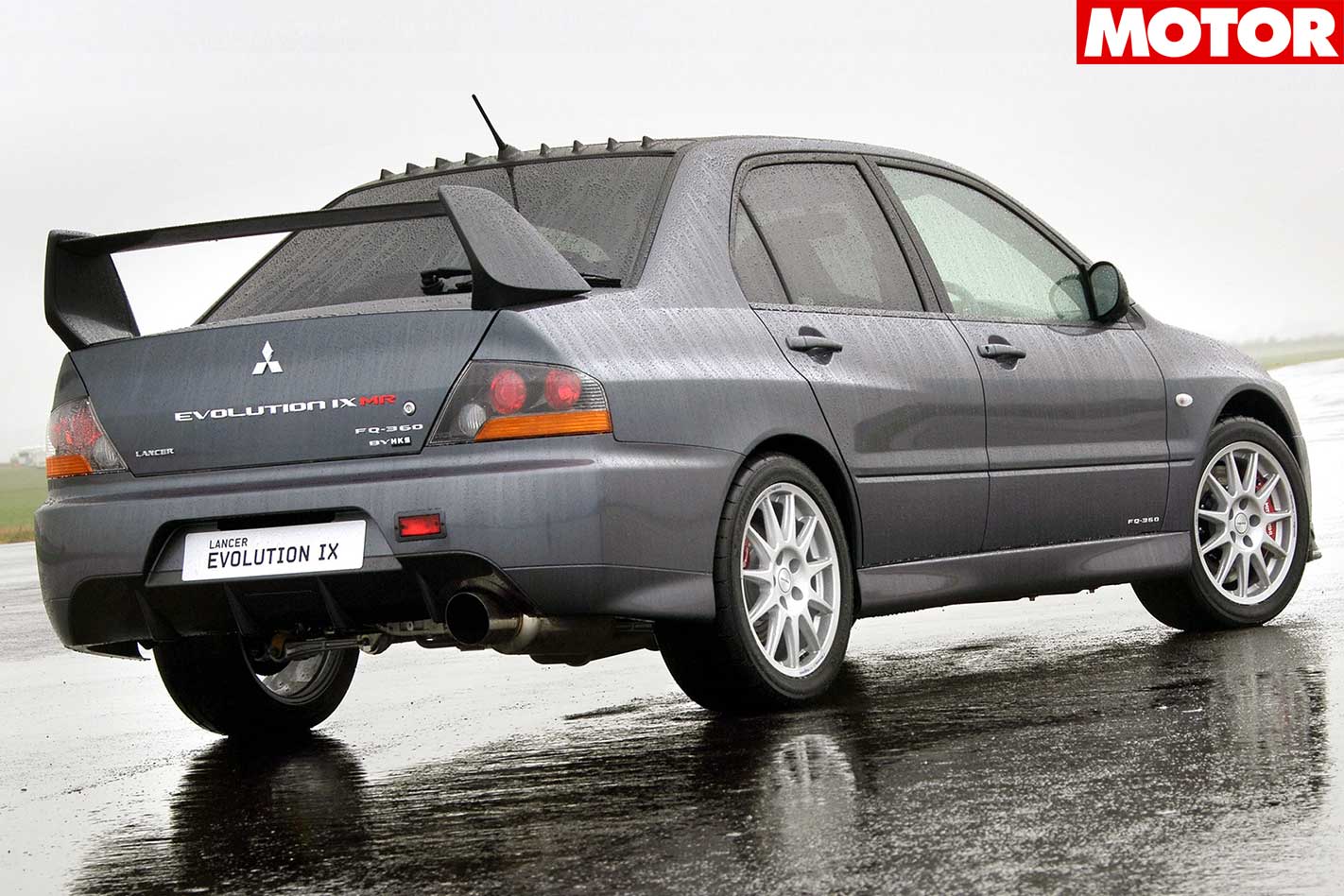
Unlike the VI or X, it runs a conventional six-speed cog swapper. (Why the new X only gets five cogs in the manual is anyone’s guess.)
At 206kW and 355Nm, its 4G63 turbo four (the first with MIVEC and a six-speed box) looked to pull the shortest straw for power and torque. But after 21 years of performance-focused development, the engine feels brilliant: punchy down low, linear all the way through, and with more spice than the figures suggest.
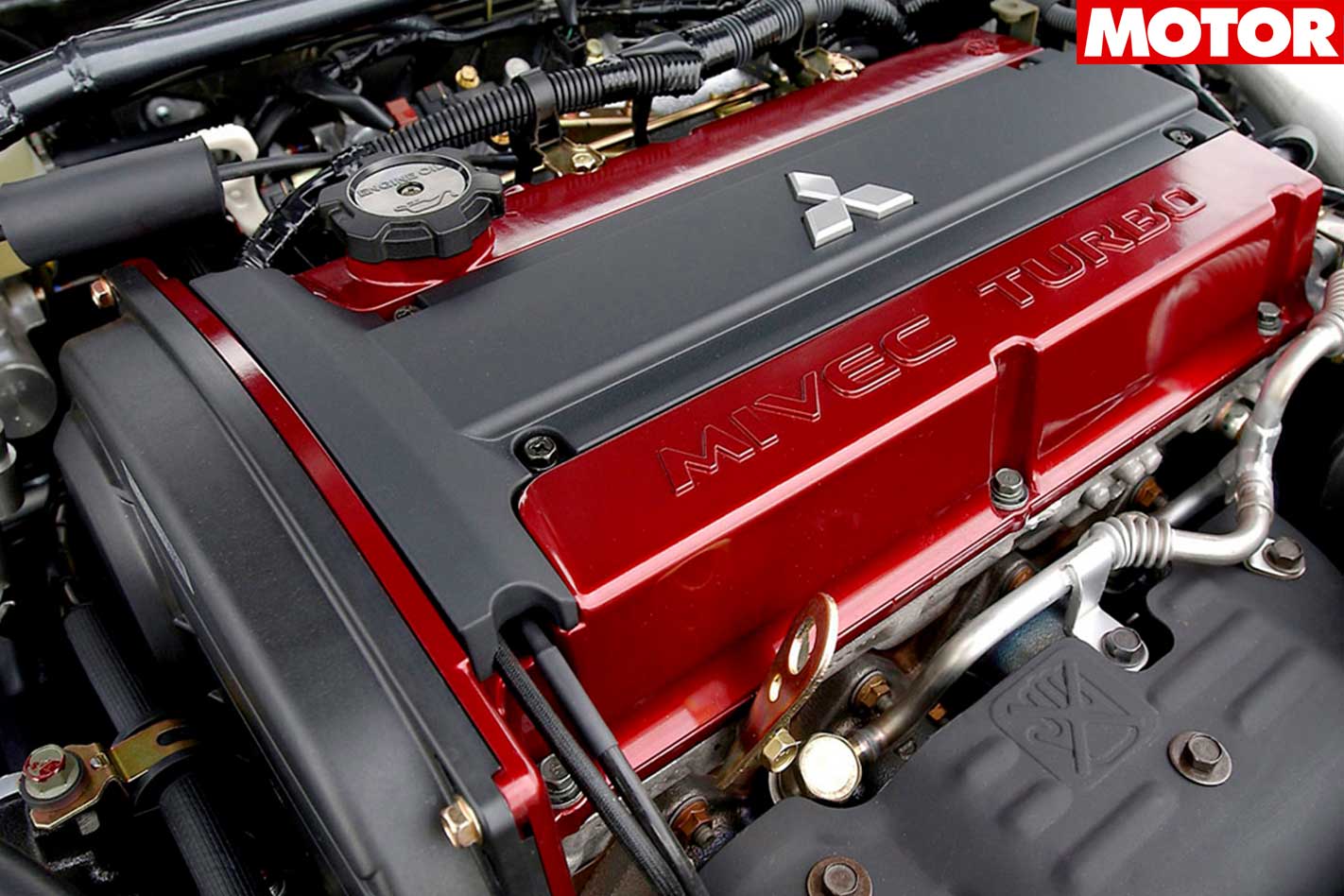
The second was its lap time. A best of 1:40.2sec was not only eight-tenths quicker than the Tommi gun, it also dispatched the new Evo X by 0.3sec. Not much in it, but a case of read ’em and weep.
This wasn’t down to a tyre/grip advantage (with its stock 235mm Yokohama Advans) as it didn’t dominate the corner speeds. Nor did it have the highest terminal speed. And while the brakes are exceptional − far better than the long-pedalled VI – they’re not the superb late-brakers under the X.
The IX clearly gets its advantage on corner entry and exit. It has a blend of initial turn-in and mid-corner poise the other two can’t match, and it’s more nimble and eager to respond to quick changes in direction. It’s a bit racier than the X, but without the VI’s white-knuckled histrionics.

The IX manages to blend the VI’s stunning sucker-punch with the planted, predictable useability of the X that pretty much encapsulates Mitsubishi’s Evo catchphrase of “ingeniously brutal”. It’s when the term ‘refinement’ means improving interaction and not just comfort. But is it soft? No way.
The jury is out as to whether the VII, VIII or IX is the finest of Evo’s third generation. But as evidenced against two of the most significant benchmarks − the ‘monster’ 6.5 TME and the latest and greatest X − it seems that the quickest and (potentially) best Evo of all time has been sitting right under our noses, and in showrooms, for the past couple of years.
Fast Facts – 2007 Mitsubishi Evolution IX
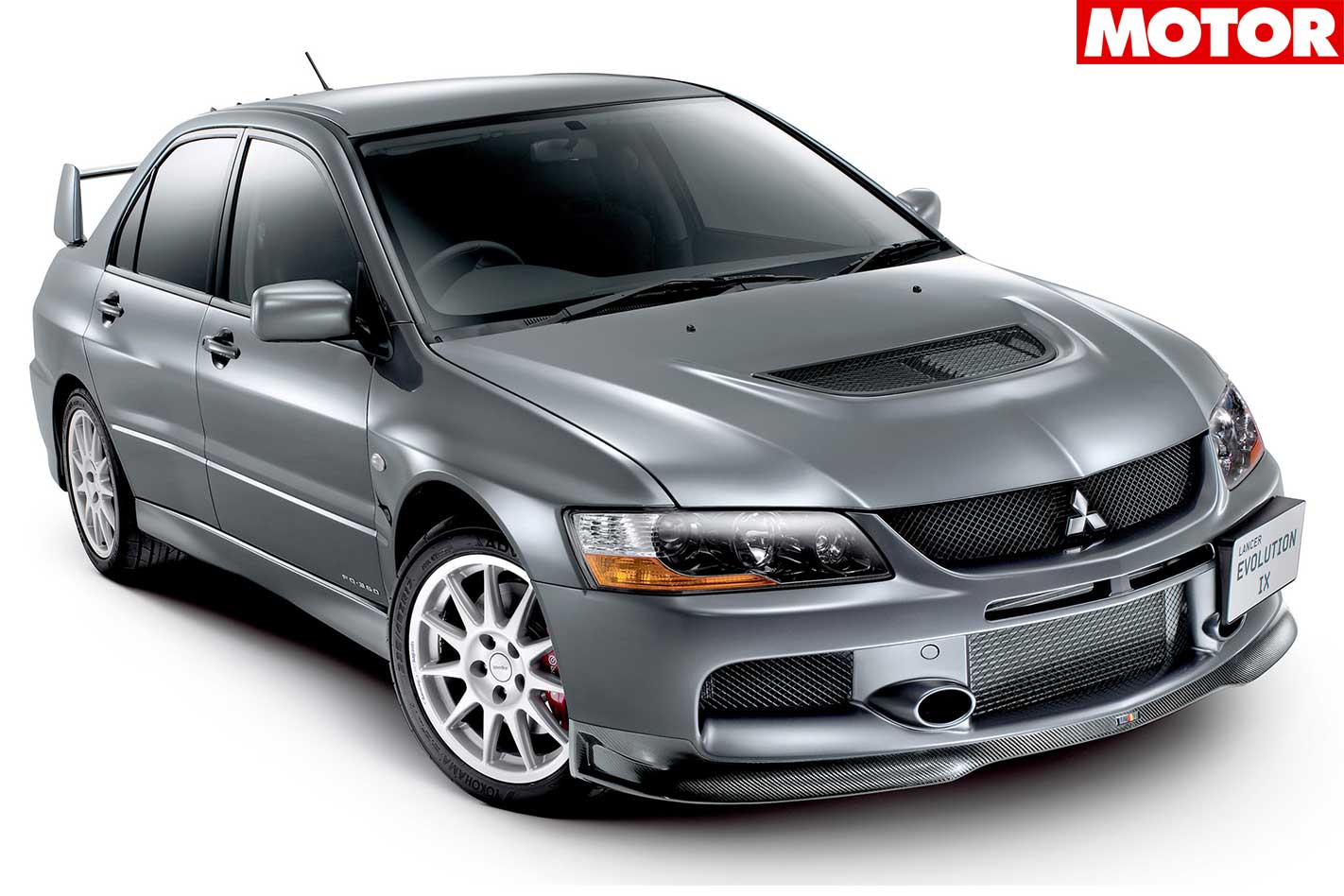
Like: Fast, crisp handling, more refined than TME, lighter than X Dislike: Basic interior, road noise, least powerful of the three
THE NUMBERS
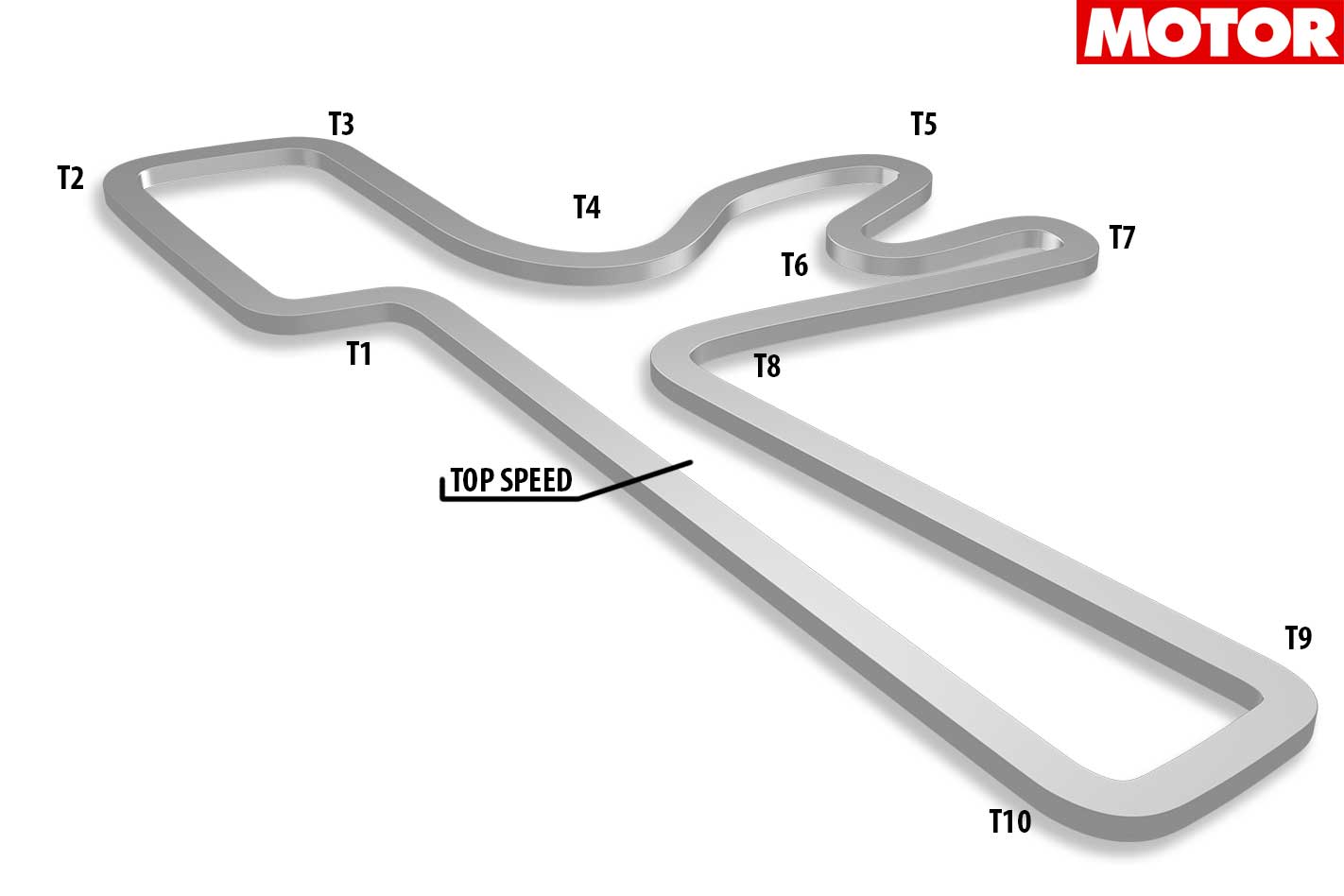
| u00a0 | EVO VI TME | EVO IX | EVO X |
| T1 | 90.3km/h | 92.4km/h | 90.1km/h |
| T2 | 80.3km/h | 78.8km/h | 80.8km/h |
| T3 | 89.6km/h | 93.0km/h | 95.0km/h |
| T4 | 109.5km/h | 112.9km/h | 114.3km/h |
| T5 | 55.1km/h | 56.9km/h | 56.3km/h |
| T6 | 64.3km/h | 60.9km/h | 65.7km/h |
| T7 | 54.8km/h | 53.2km/h | 57.8km/h |
| T8 | 64.2km/h | 64.4km/h | 63.3km/h |
| T9 | 69.5km/h | 69.2km/h | 70.6km/h |
| T10 | 64.9km/h | 69.1km/h | 68.9km/h |
| Top Speed | 117.9km/h | 173.8km/h | 170.6km/h |
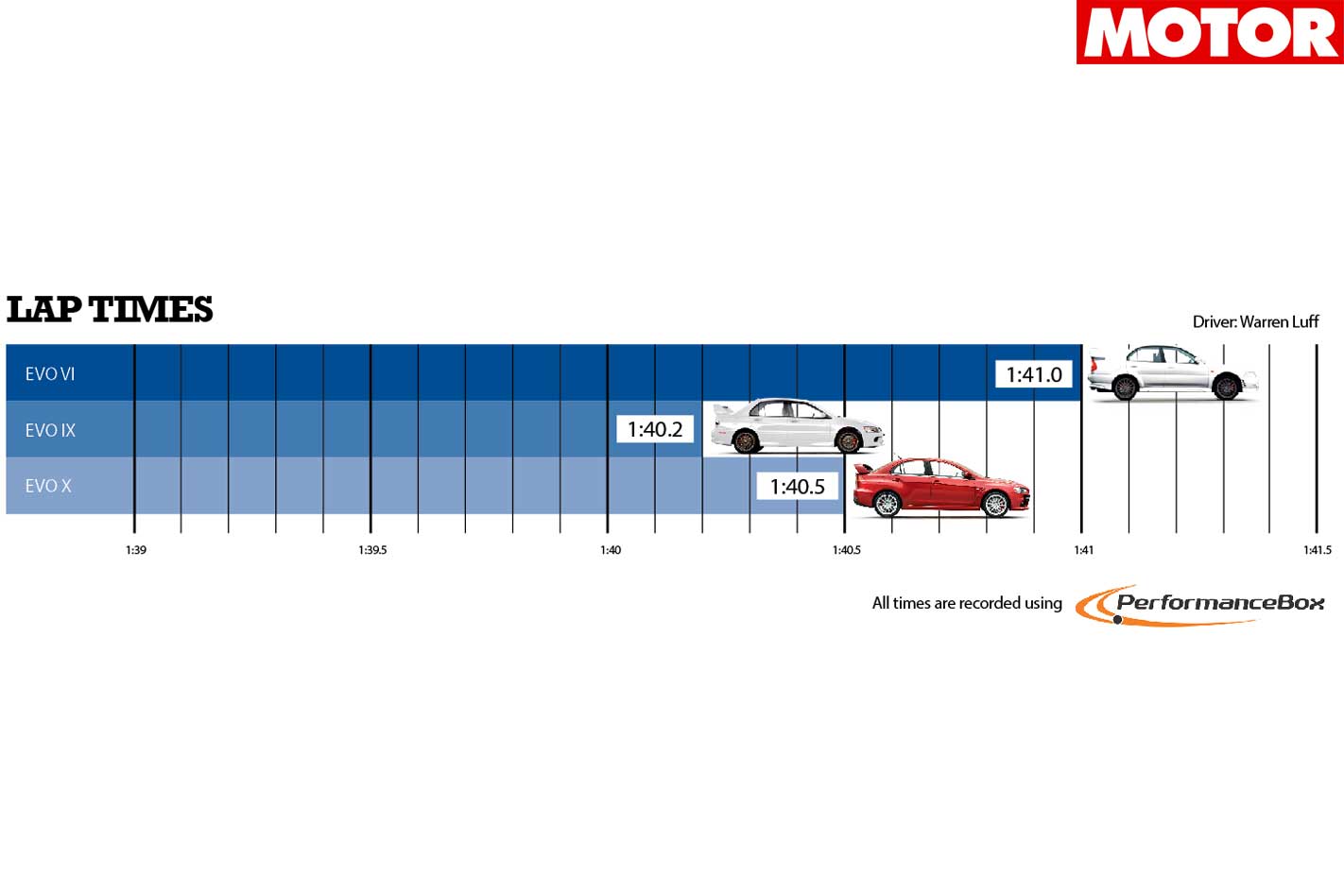
| u00a0 | EVO VI TME | EVO IX | EVO X |
| 0-10km/h (sec) | 0.42 | 0.61 | 0.36 |
| 0-20km/h (sec) | 0.94 | 1.18 | 0.95 |
| 0-30km/h (sec) | 1.42 | 1.66 | 1.50 |
| 0-40km/h (sec) | 1.88 | 2.15 | 1.94 |
| 0-50km/h (sec) | 2.39 | 2.65 | 2.37 |
| 0-60km/h (sec) | 3.23 | 3.17 | 2.85 |
| 0-70km/h (sec) | 3.73 | 3.70 | 3.73 |
| 0-80km/h (sec) | 4.30 | 4.26 | 4.31 |
| 0-90km/h (sec) | 4.94 | 4.86 | 4.96 |
| 0-100km/h (sec) | 5.68 | 5.60 | 5.71 |
| 0-110km/h (sec) | 7.00 | 6.41 | 6.80 |
| 0-120km/h (sec) | 7.96 | 7.25 | 7.77 |
| 80-120km/h (3rd) | 2.8sec | 3.1sec | 3.7sec |
| 80-120km/h (4th) | 3.4sec | 4.0sec | 4.3sec |
| 80-120km/h (5th) | 6.0sec | 5.4sec | 6.0sec |
*Winton Raceway does not have a straight section suitable for 0-400m performance times
